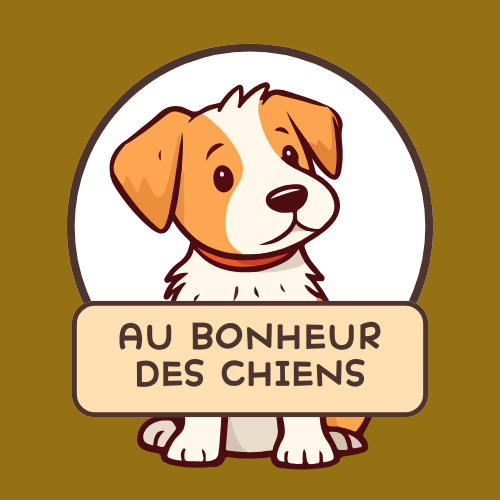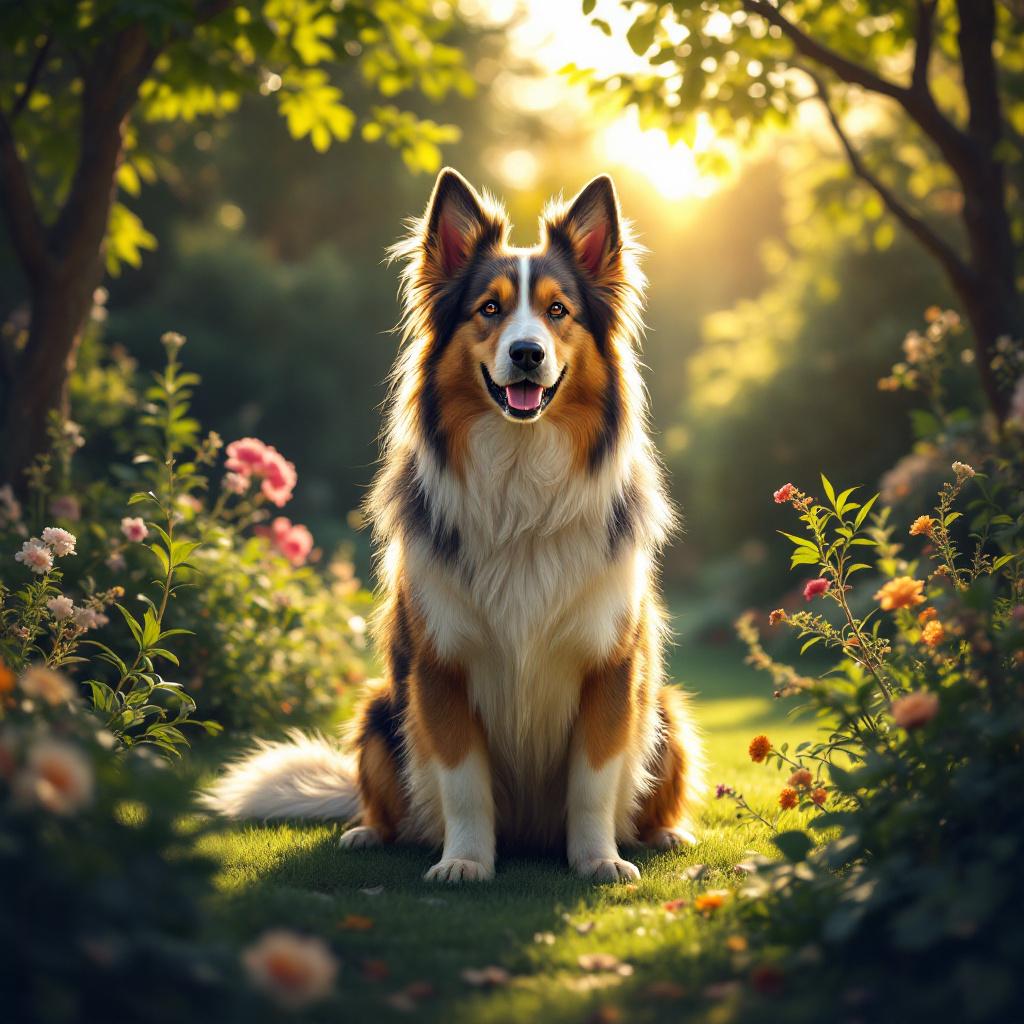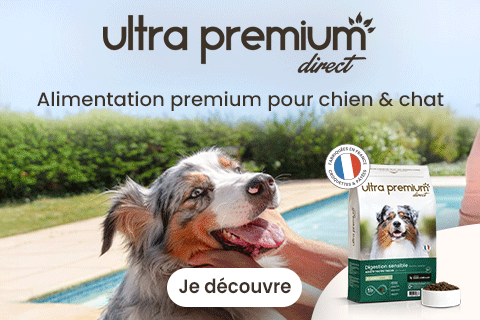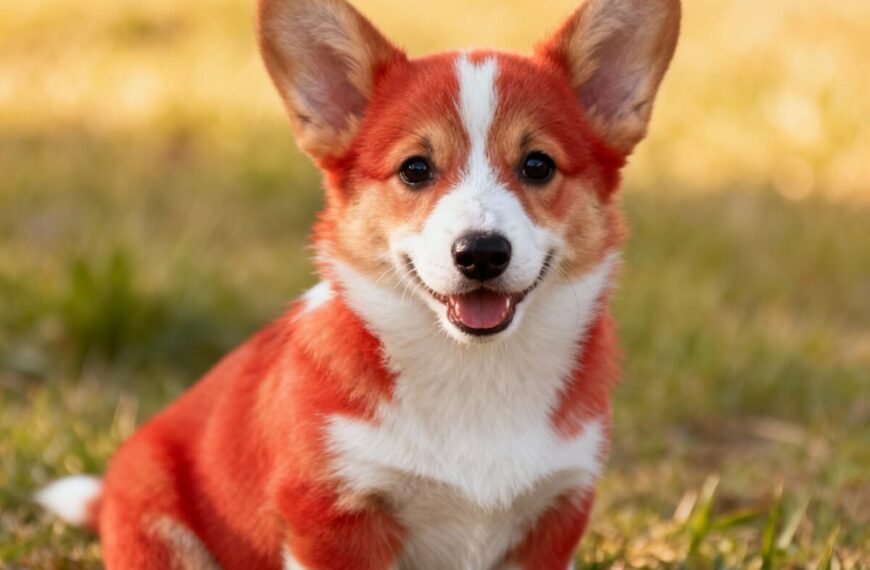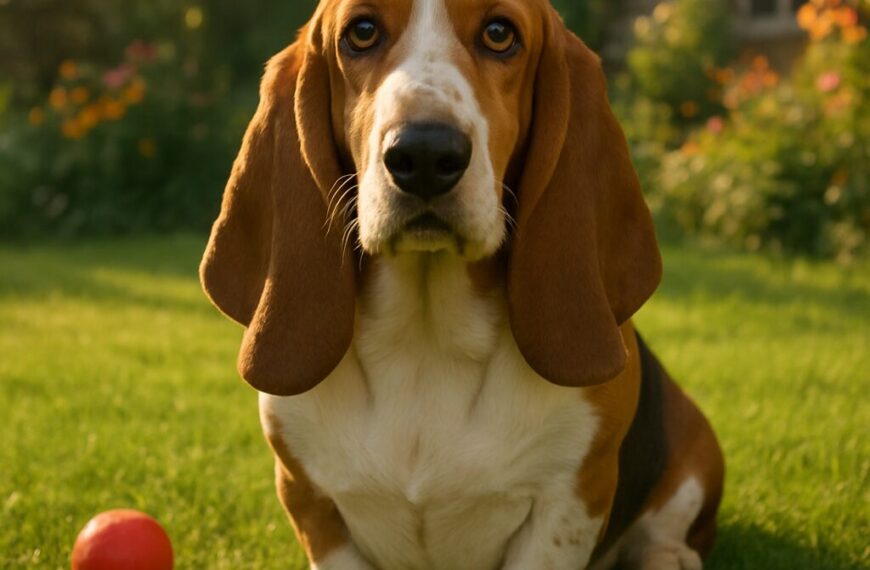| Points clés | Détails à retenir |
|---|---|
| 🐕 Collars & Harnesses | Adjustable fit and padded straps to protect your dog’s neck and shoulders. |
| 🦺 Leashes & Long Lines | Durable materials for better control and flexibility in training or walks. |
| 🆔 ID Tags & Microchips | Legible tags and registered microchip boost chances of safe return if lost. |
| 🍽️ Feeding Bowls | Stainless steel or elevated bowls support healthy posture and digestion. |
| 🛁 Grooming Tools | Double-pin brush and gentle shampoo reduce shedding and maintain coat health. |
| 🛏️ Bed & Crate | Orthopedic mattress and well-ventilated crate ensure restful sleep. |
| 🎾 Toys & Chews | Interactive puzzles and durable chews keep your dog mentally stimulated. |
Your Swiss Shepherd thrives when equipped with gear that matches their energy, size, and sensitive coat. From a snug harness to engaging toys, these eight accessories will enhance your dog’s well-being and strengthen your bond.
Overview of the 8 Must-Have Accessories
Swiss Shepherds blend athleticism with a dense double coat—each accessory you choose must address comfort, safety, and mental stimulation. This list guides you through collars, grooming essentials, and more to keep your companion happy and healthy.
- Collars & Harnesses: secure, adjustable, protective
- Leashes & Long Lines: for controlled walks and training
- ID Tags & Microchips: essential for quick recovery if lost
- Feeding Bowls & Feeders: promote proper posture and hygiene
- Grooming Tools: reduce matting and shedding
- Bed & Crate: create a safe, restful haven
- Toys & Chews: satisfy chewing instincts and challenge the mind
- Training Tools: clickers and treat pouches for positive reinforcement
1. Collars and Harnesses
A well-fitted collar or harness is the foundation of every outing. Swiss Shepherds need equipment that distributes pressure evenly—avoiding strain on the neck or back. Look for padded, adjustable options with quick-release buckles and reflective stitching for low-light visibility.
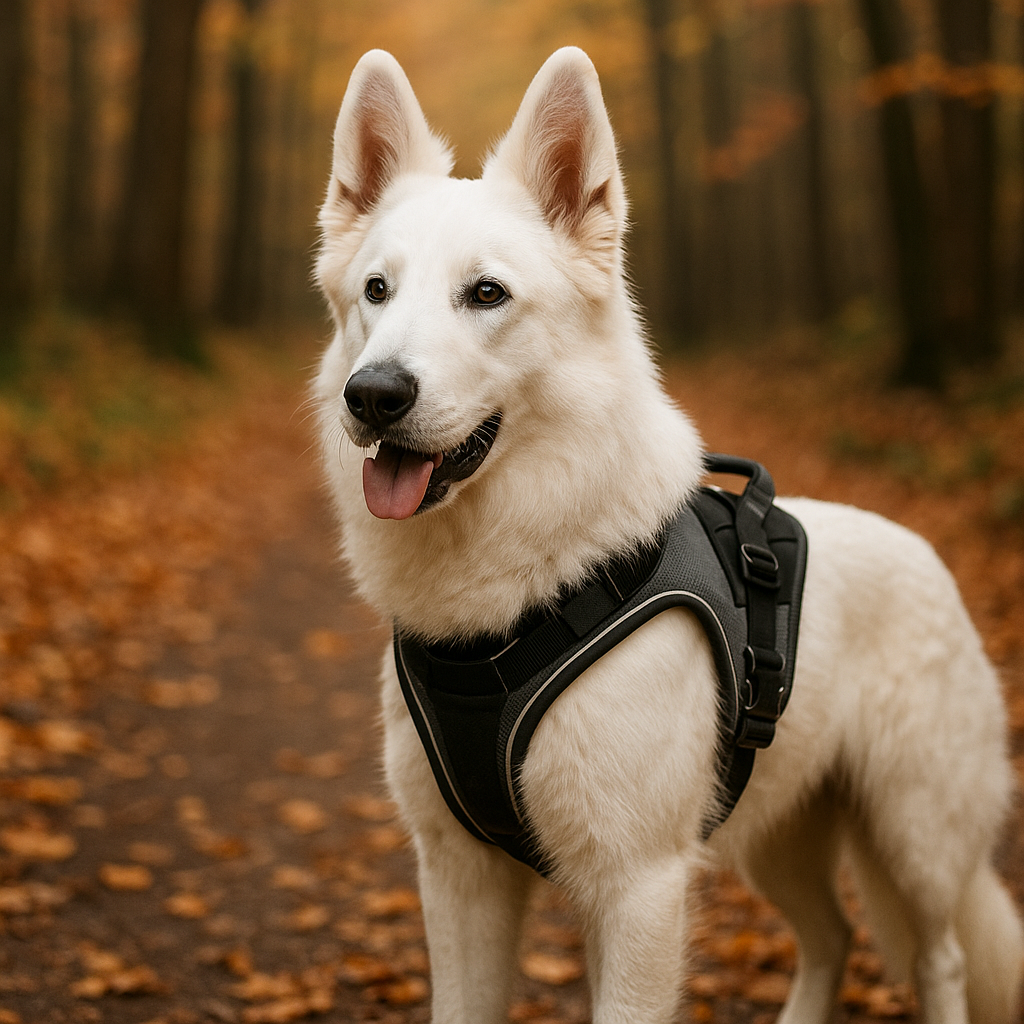
Flat vs. Martingale Collars
Flat collars suit daily wear but can slip off in high-energy moments. Martingales tighten slightly under tension, offering more security without choking. For training, a martingale often strikes the right balance between control and comfort.
Choosing the Right Harness
Front-clip harnesses discourage pulling, while back-clip designs excel for casual strolls. Prioritize a harness with breathable materials and reinforced stitching—this gear takes a beating if your dog loves rough play.
2. Leashes and Long Lines
Your leash does more than keep your dog close; it communicates direction and boundaries. For Swiss Shepherds, a sturdy leash with shock-absorbing properties turns sudden lunges into gentle tugs, minimizing wrist strain.
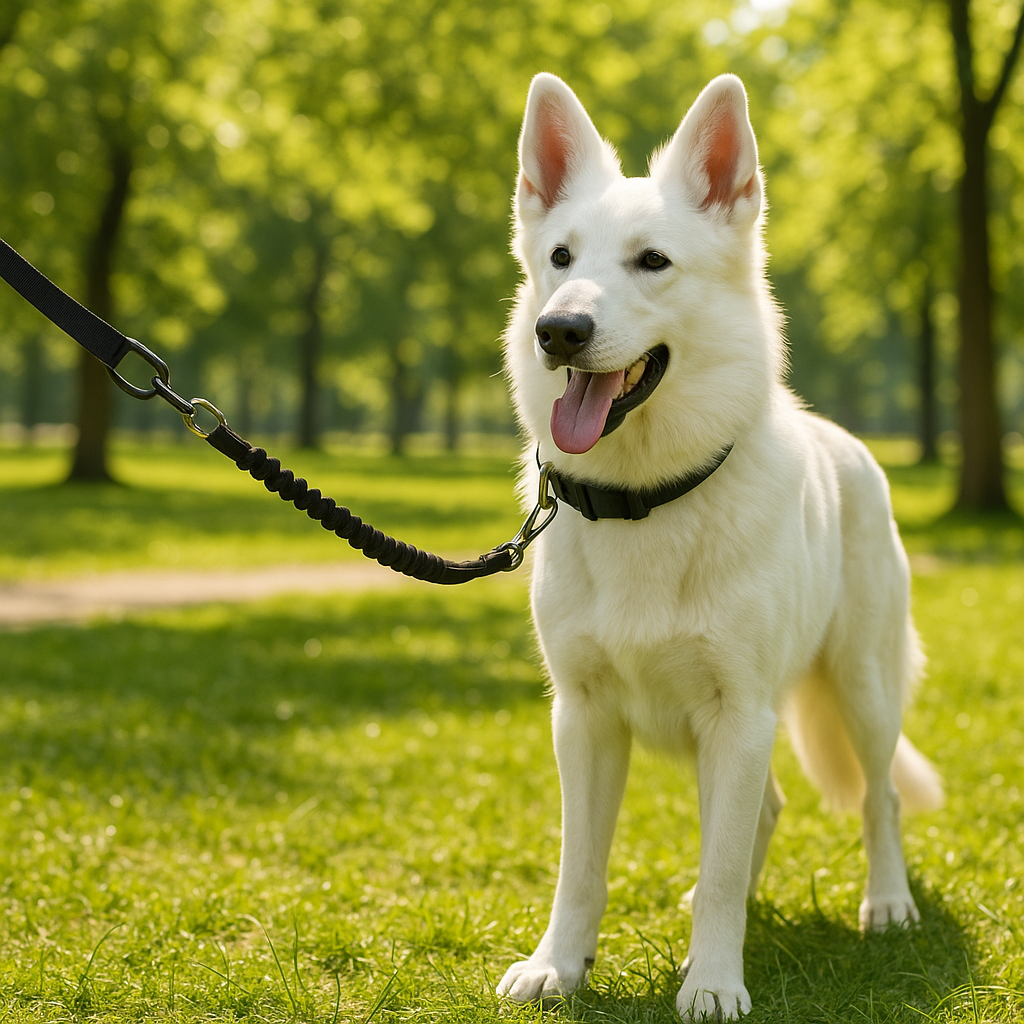
- Standard Leash (1–1.5 m): Ideal for urban walks and obedience training.
- Long Line (5–10 m): Grants freedom in open fields, perfect for recall practice.
- Retractable Leash: Versatile range but risks tangles—best for calm environments.
3. Identification Tags and Microchips
Even the most obedient Swiss Shepherd can get spooked and bolt. A sturdy ID tag with your contact details, plus a registered microchip, forms a dual safety net. While tags offer instant info to a finder, microchips ensure permanent identification—no risk of loss.
« A microchip isn’t a substitute for a legible tag; both are vital, » says Dr. Laura Bennett, veterinary behaviorist.
4. Feeding Bowls and Automatic Feeders
Posture matters when your dog eats. Elevated bowls reduce neck strain for large breeds and can even aid digestion. Stainless steel tops for durability, ceramic for easy cleaning, and non-slip bases to prevent spills—choose based on your Shepherd’s eating style.
| Type | Key Features |
|---|---|
| Stainless Steel | Hygienic, rust-resistant, dishwasher-safe |
| Elevated Bowl Stand | Adjustable height, promotes healthy posture |
| Automatic Feeder | Programmable portions, ideal for busy owners |

5. Grooming Tools: Brushes and Shampoos
Swiss Shepherds molt seasonally and sport a dense undercoat. Regular grooming prevents mats and keeps the coat glossy. Invest in tools made for double-coats—a combo of de-shedding brushes and slicker brushes does wonders.
Selecting the Perfect Brush
- De-shedding Tool: Reaches the undercoat to remove dead fur.
- Slicker Brush: Smooths the topcoat and detangles knots.

Shampoo and Conditioner
Opt for gentle, pH-balanced formulas that hydrate skin and preserve natural oils. A conditioner with oatmeal can soothe dry patches, especially during winter dryness or frequent baths.
6. Comfortable Bed and Crate
Rest is as crucial as exercise. An orthopedic bed with memory foam supports joints after long hikes. A well-ventilated crate offers a safe haven—ideal for sleep time or travel. Always size it so your Shepherd can stand, turn, and lie down comfortably.
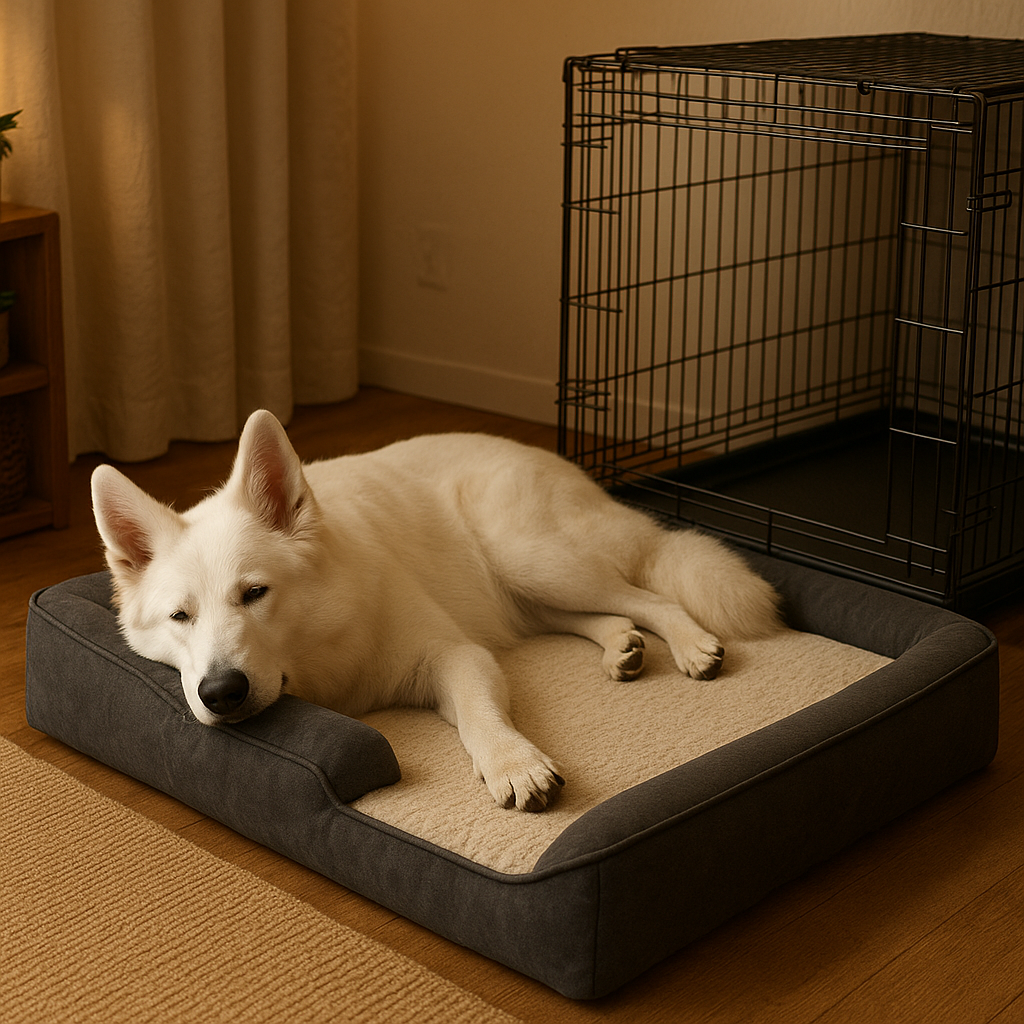
7. Interactive Toys and Durable Chews
Mental stimulation prevents boredom-driven behaviors. Puzzle toys that hide treats challenge problem-solving skills, while indestructible rubber chews satisfy the urge to gnaw—essential for dental health and stress relief.
- Kong Classic: Fill with peanut butter or kibble for extended play.
- Snuffle Mat: Encourages foraging instincts.
- Hard Nylon Chew: Keeps teeth clean and jaws strong.
8. Training Tools: Clickers and Treat Pouches
Positive reinforcement builds trust and sharpens skills. A lightweight clicker marks precise behaviors, and a belt-mounted treat pouch keeps rewards accessible. Choose a pouch with compartments to separate treats and waste bags.

FAQ: Your Swiss Shepherd Accessory Questions
- Do I need both a collar and a harness?
- A harness offers better weight distribution for active walks, while a collar holds ID tags. Switching between them maximizes safety and convenience.
- How often should I groom my Swiss Shepherd?
- Brush at least twice weekly and increase to daily during shedding season to minimize loose hair and prevent mats.
- Can I leave my dog in a crate all day?
- Limit confinement to 4–6 hours, depending on age and activity level—longer durations can cause stress and health issues.
- What height should an elevated bowl be?
- Adjust the stand so your dog’s spine remains level; elbows should bend at a relaxed angle when eating.
- Is a microchip really necessary if my dog wears an ID tag?
- Yes—tags can break off or become unreadable, whereas a microchip offers permanent identification.
- Which toys are safest for strong chewers?
- Look for reinforced rubber or nylon and avoid small parts that could become choking hazards.
- How do I introduce a new accessory to my dog?
- Introduce gear gradually with positive reinforcement—treats and praise help your dog associate the item with good experiences.
